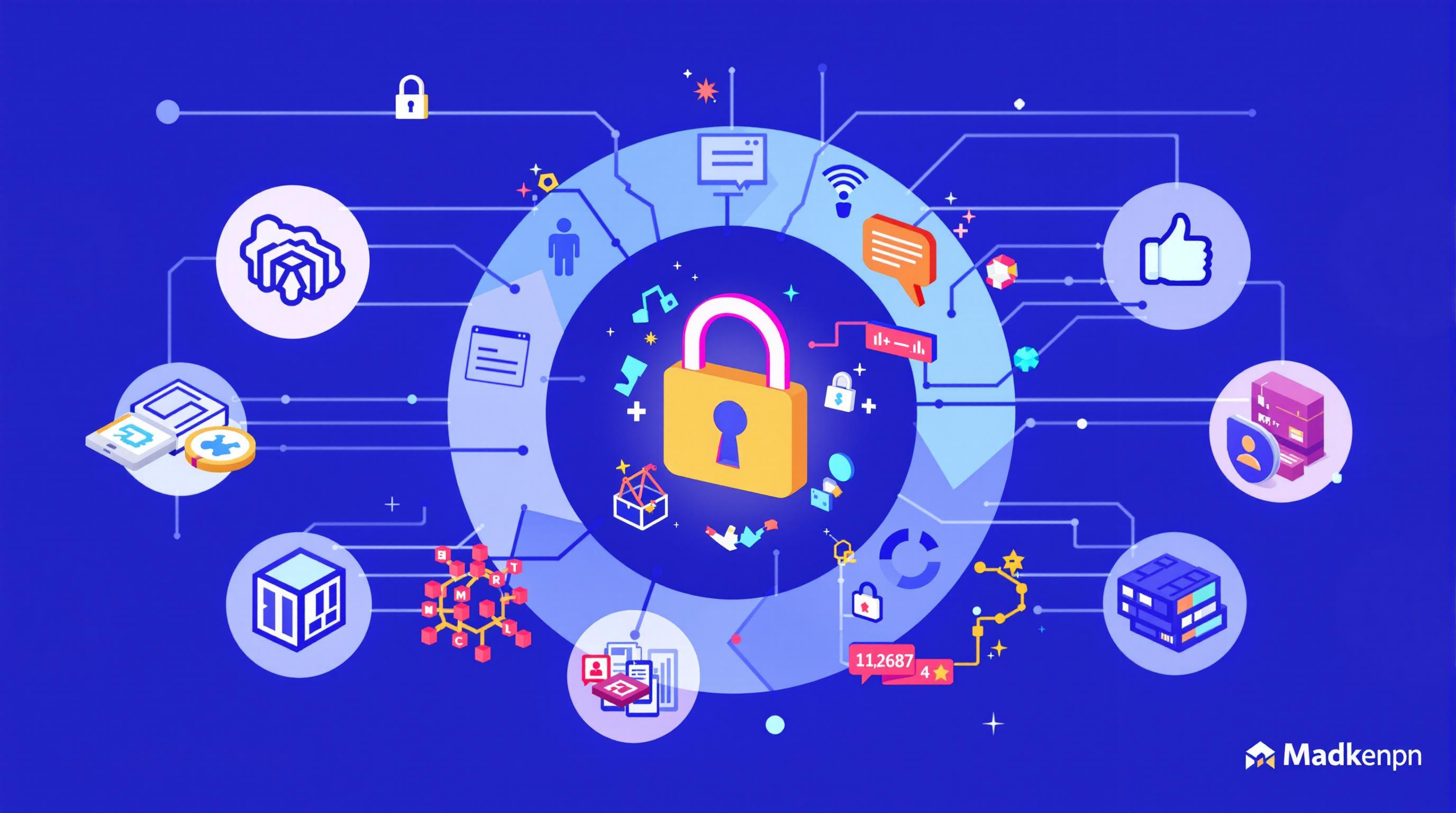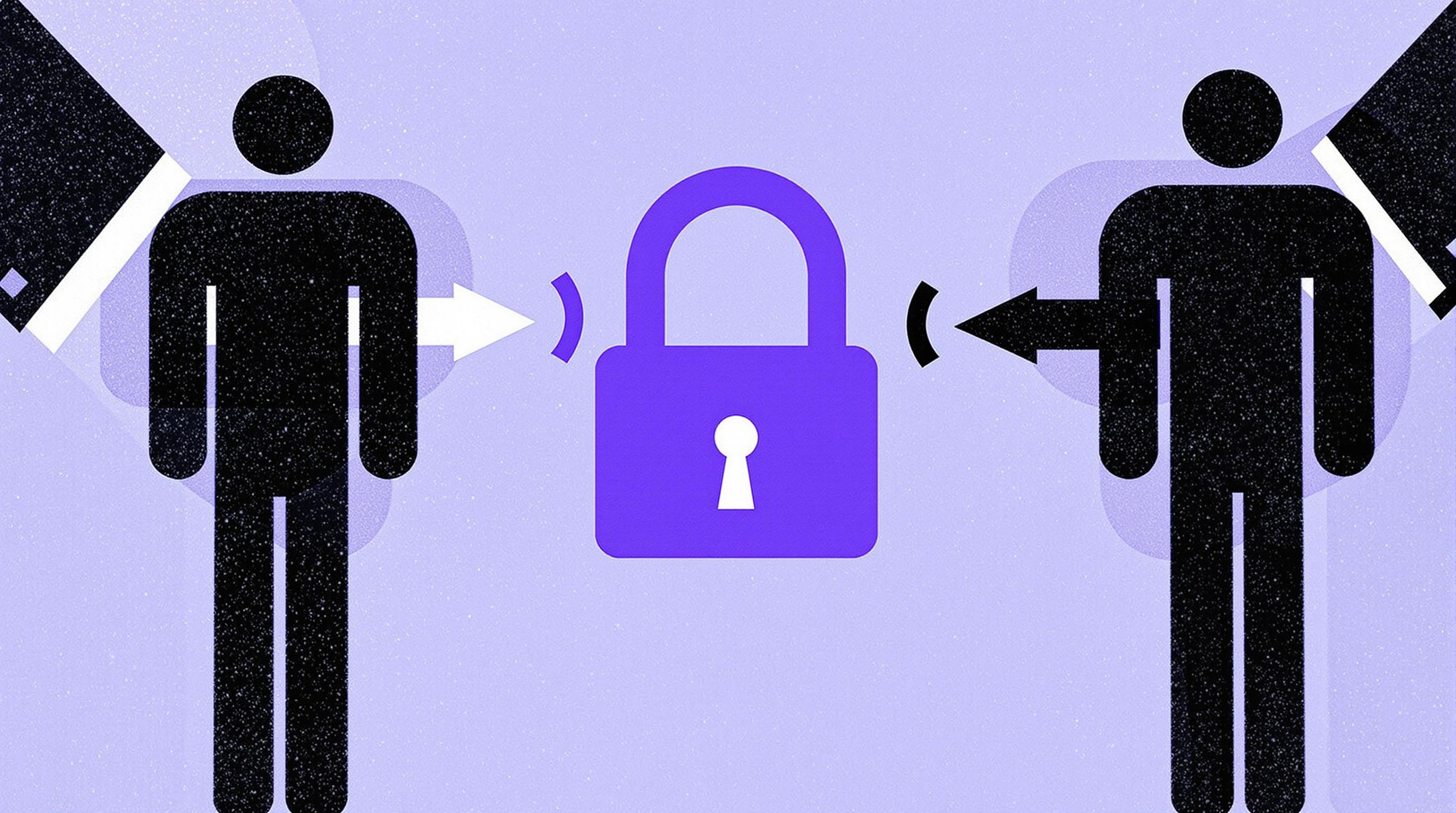Related Articles
- Unveiling the Silent Effects of Malware Residue on IoT Devices and What It Means for Your Connected Home Security
- Top 6 Game-Changing Email Security Suites Released Since 2019 That Actually Stop Cyber Trickery
- The Hidden Impact of AI-Driven Voice Assistants on Your Device’s Safety: Risks Nobody Talks About
- Top 6 Stealth Encryption Products Redefining Data Privacy You Haven’t Heard About Since 2019
- Exploring the Influence of Wi-Fi Radiation on Human Sleep Patterns and Cognitive Health in Modern Living
- Top 8 Stealth Malware Cleaners from the Past 5 Years That Outsmart Evasive Threats
Top 8 Cutting-Edge Encryption Solutions Revolutionizing Data Security Since 2019 Compared and Ranked
Top 8 Cutting-Edge Encryption Solutions Revolutionizing Data Security Since 2019 Compared and Ranked
Since 2019, the landscape of data security has been transformed by innovative encryption solutions that protect sensitive information against increasingly sophisticated cyber threats. This article compares and ranks the top eight encryption technologies reshaping how we safeguard data in an interconnected world.
3. Homomorphic Encryption: Processing Data Without Peeking
Imagine being able to work on encrypted data without ever needing to decrypt it—that's the magic homomorphic encryption brings to the table. Since 2019, Homomorphic Encryption (HE) has gained traction among cloud computing providers wanting to ensure data privacy while still performing computations.
According to a 2021 report by IBM, homomorphic encryption can reduce data breach risks by up to 40% when properly implemented in multi-tenant cloud environments. What’s more, it enables secure collaborative machine learning between organizations without exposing raw data.
However, HE's computational overhead remains a challenge, often requiring significant processing power, which makes its widespread adoption tricky, especially for real-time applications. That said, recent advances, including optimized lattice-based schemes, are promising to make it more practical.
6. Quantum-Resistant Encryption: Preparing for Tomorrow’s Threats Today
Quantum computing threatens to break conventional encryption algorithms, but a new generation of encryption methods aims to keep our secrets safe beyond 2030. Enter Quantum-Resistant Encryption (QRE), a cutting-edge approach driven by post-quantum cryptography algorithms.
NIST (National Institute of Standards and Technology) has been spearheading efforts to standardize these algorithms, with expected releases in the mid-2020s. Protocols like CRYSTALS-Kyber and CRYSTALS-Dilithium (based on lattice problems) offer strong resistance against quantum attacks.
The adoption rate might still be low—less than 3% of enterprise cybersecurity departments had integrated quantum-resistant algorithms by 2023—but the momentum is undeniable as companies anticipate future-proof data protection.
1. AES-256: The Old Guard Still Standing Tall
Advanced Encryption Standard (AES) with 256-bit keys continues to dominate most encryption applications since 2019. Trusted by governments and corporations alike, AES-256 remains resilient despite the evolving threat landscape.
Why? It combines strong security with efficient performance and is well-supported across hardware and software platforms. For example, the U.S. National Security Agency employs AES-256 for classified information, demonstrating the trust placed in this algorithm.
While newer methods offer exciting features, AES-256’s balance of speed, security, and compatibility keeps it at the forefront for general-purpose encryption.
7. Blockchain Encryption: More Than Just Cryptocurrency Protection
Blockchain technology, since its inception, has been heralded as a secure ledger technology, but its embedded cryptographic principles have evolved into more specialized encryption solutions.
Take, for instance, Zero-Knowledge Proofs (ZKPs) that allow validation of information without revealing the data itself—a breakthrough for privacy-preserving transactions. Zcash, a cryptocurrency using zk-SNARKs, has showcased the applicability of this in digital finance.
Moreover, enterprises have embraced blockchain encryption mechanisms to verify identities and secure supply chains, reducing fraud by up to 30% according to Deloitte’s 2022 blockchain survey.
5. Multi-Party Computation (MPC): Privacy by Collaboration
Breaking up data into encrypted shares among parties and performing joint computations without revealing individual inputs—that's the genius of Multi-Party Computation (MPC). Since 2019, MPC has gained momentum in sectors like finance and healthcare requiring data privacy and compliance.
For example, JP Morgan Chase employs MPC to perform joint fraud detection across banks without exposing customer details (J.P. Morgan Annual Report, 2022). The collaborative nature adds layers of trust, and recent performance improvements are enabling its use in near real-time scenarios.
MPC, however, demands complex protocol designs and synchronization, which can limit speed compared to symmetric encryption but offers unparalleled privacy guarantees.
4. Elliptic Curve Cryptography (ECC): Lightweight and Robust
For those who value speed and efficiency without compromising security, Elliptic Curve Cryptography has become a top choice since 2019. ECC uses smaller keys than traditional RSA while offering comparable security, making it excellent for mobile and IoT devices.
Take a real-world example: Apple has incorporated ECC into its iMessage platform to secure communications end-to-end, boasting a 99.9% message security rate as per Apple's security whitepaper (2023).
The challenge lies in the complexities of curve selection and resistance to side-channel attacks, but ongoing research continues to bolster ECC’s robustness.
2. Post-Quantum Cryptography: The Race Against Time
Post-Quantum Cryptography (PQC) is both a subset and an enabler of quantum-resistant encryption but specifically refers to algorithms that classical computers can implement today to defend against future quantum attacks.
A 2020 Google study demonstrated the feasibility of integrating PQC algorithms into TLS protocols without a significant performance hit, marking a promising leap forward for securing web traffic.
Though adopting PQC is complex, especially given legacy infrastructure constraints, industry leaders like Microsoft and IBM are piloting its deployment to hedge against eventual quantum threats.
8. Passwordless Authentication: Beyond Just Encryption
In the security world, sometimes the best encryption is no password at all. Since 2019, passwordless authentication methods—using biometrics, hardware tokens, or cryptographic keys—have revolutionized how users and systems authenticate themselves.
This approach reduces risks associated with weak or stolen passwords. According to Microsoft, passwordless accounts reduce the probability of compromise by over 99.9%. Platforms like Windows Hello and Apple's Face ID lead this charge.
Although technically not purely an encryption method, the underlying cryptography driving these solutions employs public-key infrastructure and asymmetric encryption to validate identities securely.
Wrapping Up the Encryption Renaissance
From the stalwart AES-256 to the futuristic quantum-resistant algorithms, encryption technologies have evolved tremendously since 2019. Each solution addresses different needs—speed, privacy, quantum-readiness—and their adoption depends on organizational priorities and threat models.
Young digital natives and seasoned tech veterans alike stand to benefit from understanding these options, as data breaches now cost an average of $4.45 million per incident (IBM, 2023), highlighting the non-negotiable need for robust encryption strategies.
As the cyber landscape constantly evolves, staying informed about encryption advancements enables users to take proactive steps in safeguarding their data—an endeavor that, like history itself, requires awareness, adaptation, and resilience.




